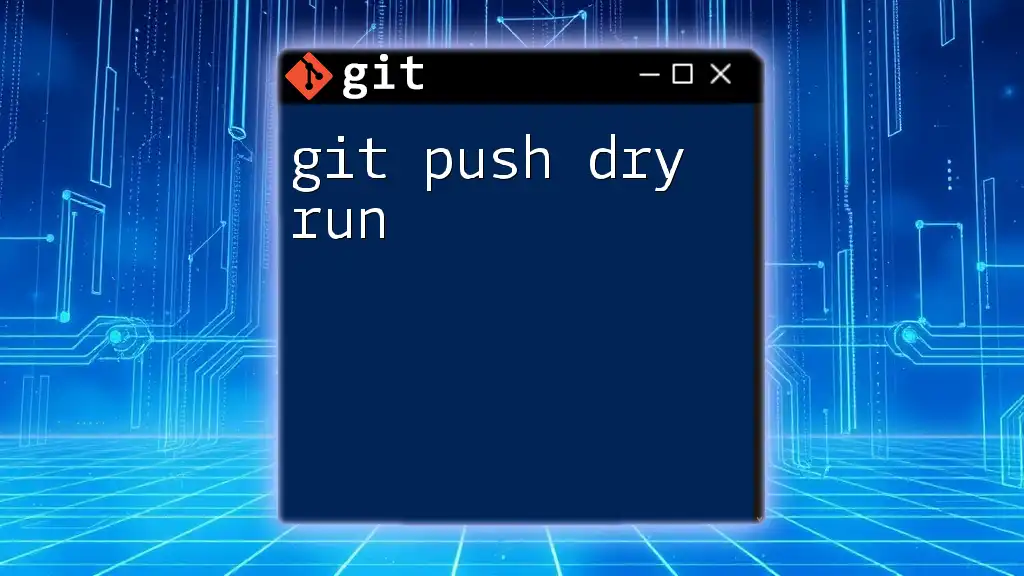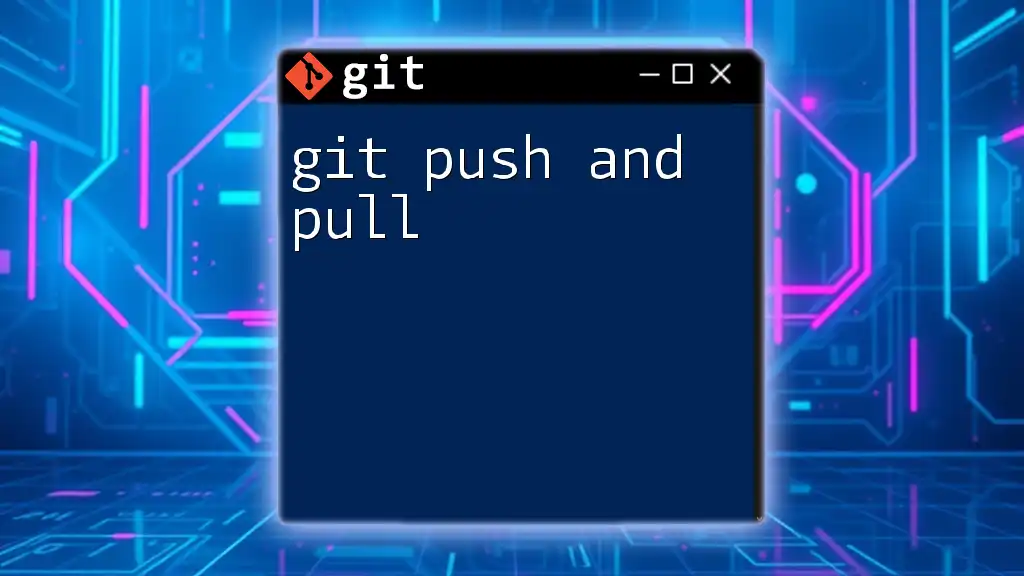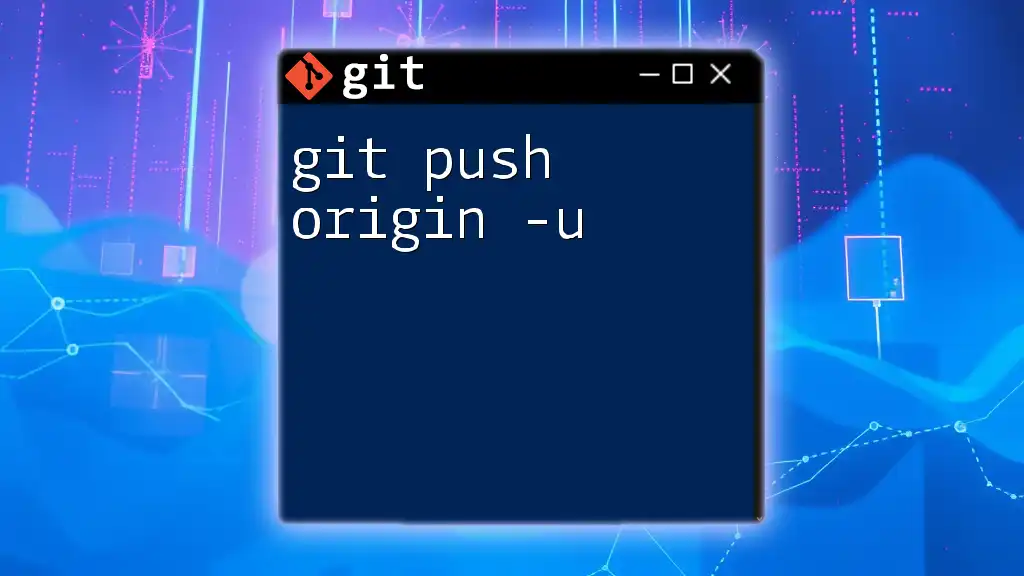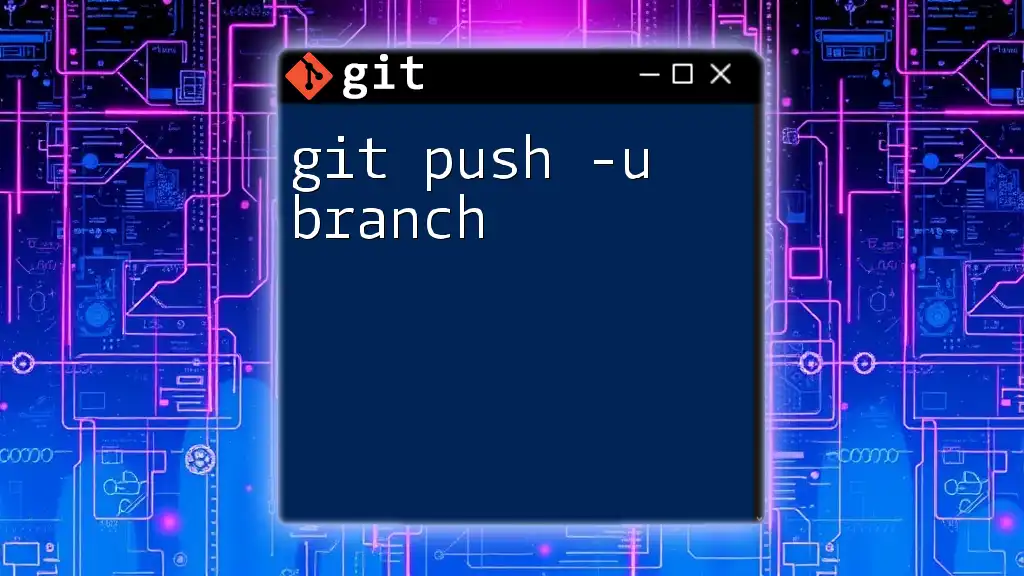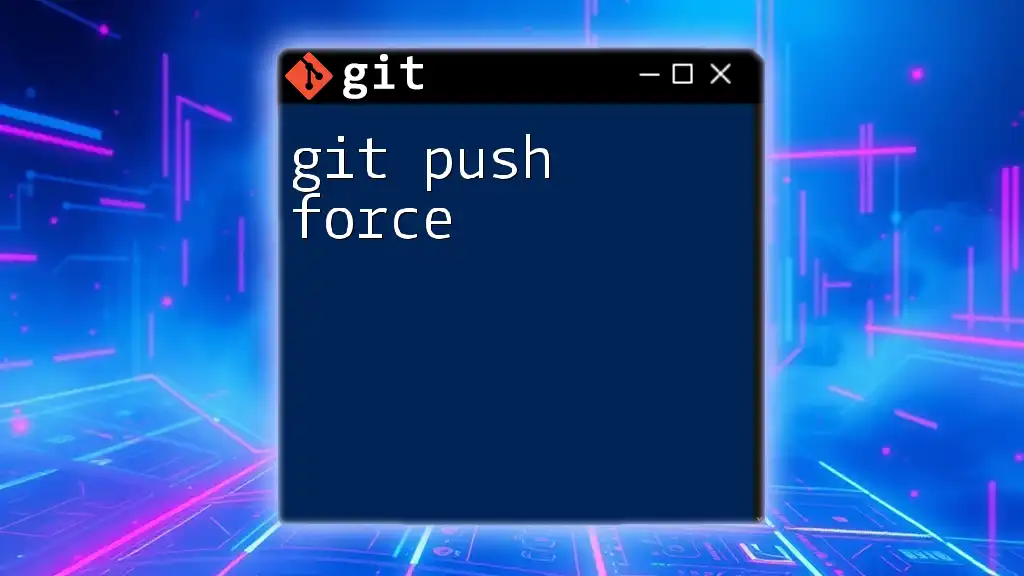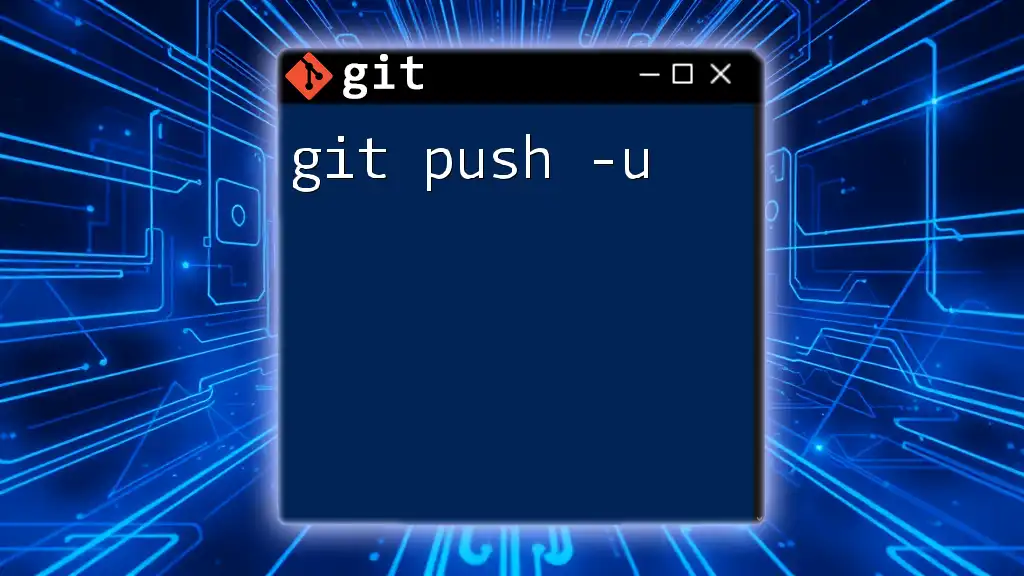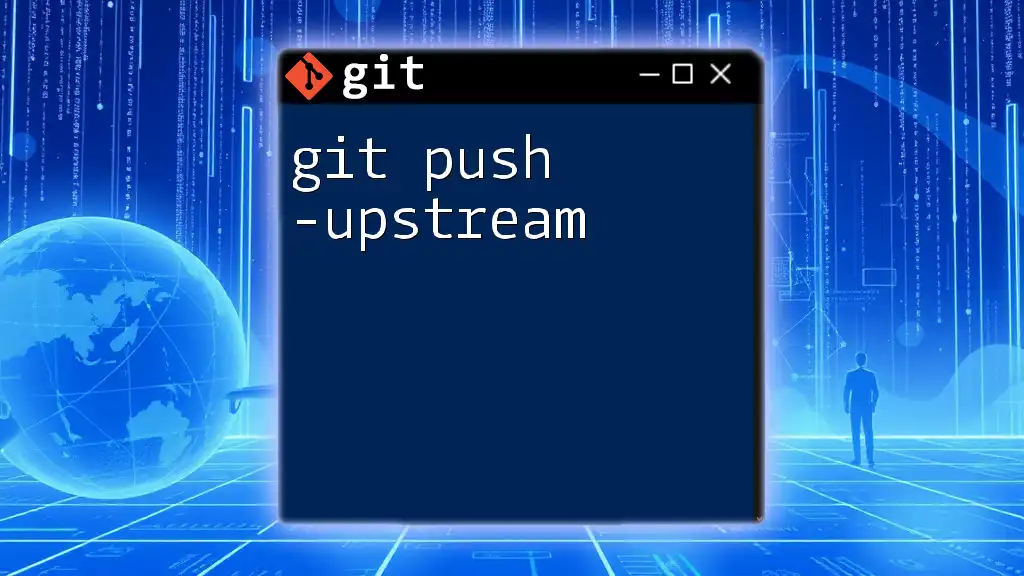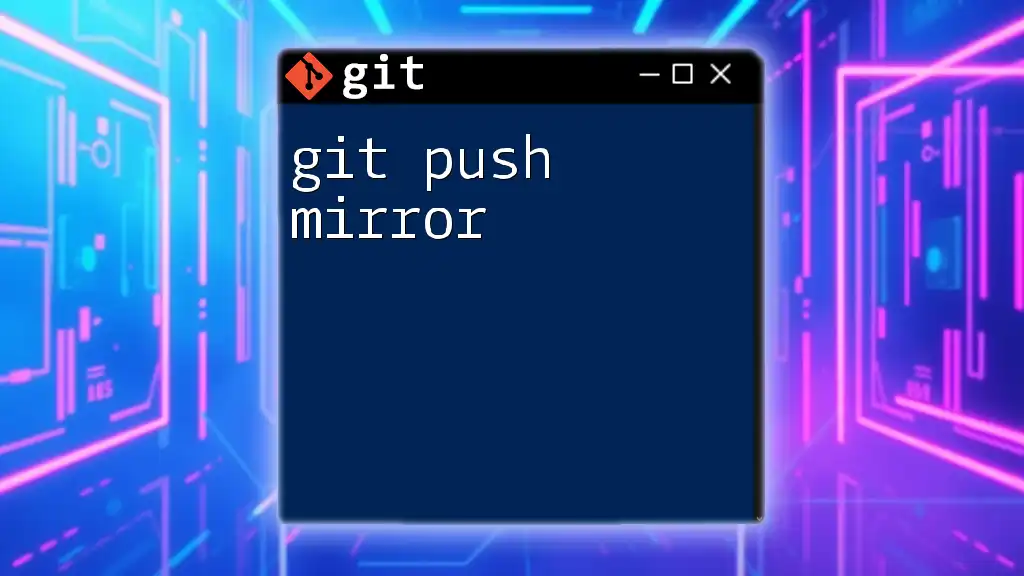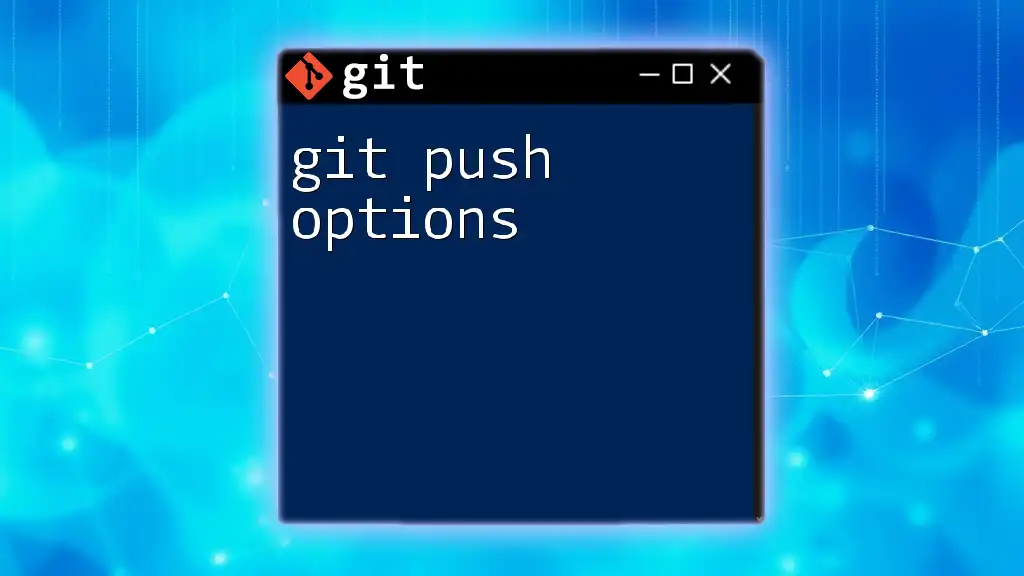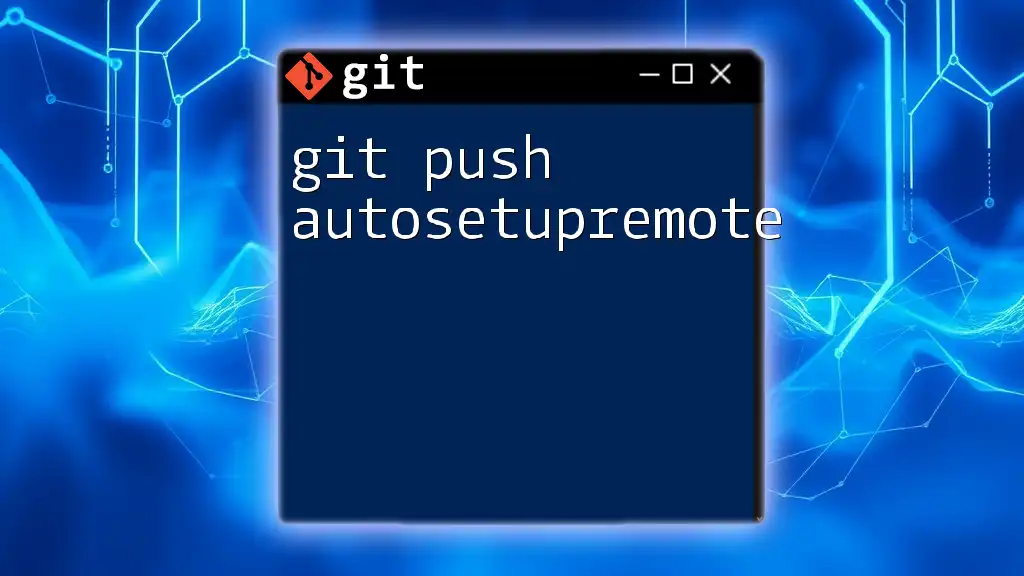The `git push --dry-run` command allows you to simulate a push to a remote repository without actually applying any changes, helping you to verify what will happen before executing the real push.
git push --dry-run origin main
What is `git push --dry-run`?
Definition and Purpose
The `git push --dry-run` command is a powerful feature in Git that allows you to simulate a push to a remote repository without actually making any changes. When you use this command, Git performs a check to see what would happen if you executed a regular `git push`. It evaluates the commits and provides insights about what updates would be sent to the remote repository.
Why Use `git push --dry-run`?
Using `git push --dry-run` has several benefits:
- Prevention of Accidental Pushes: This command allows you to assess what you will be sending to the remote repository, reducing the risk of unintended changes being pushed.
- Verification of Changes: It ensures that the changes you intend to push are correct, particularly in collaborative environments where multiple contributors might be working on the same project.
For instance, when working with a team, it's crucial to validate that your changes are synchronized with the remote repository before making any definitive alterations.
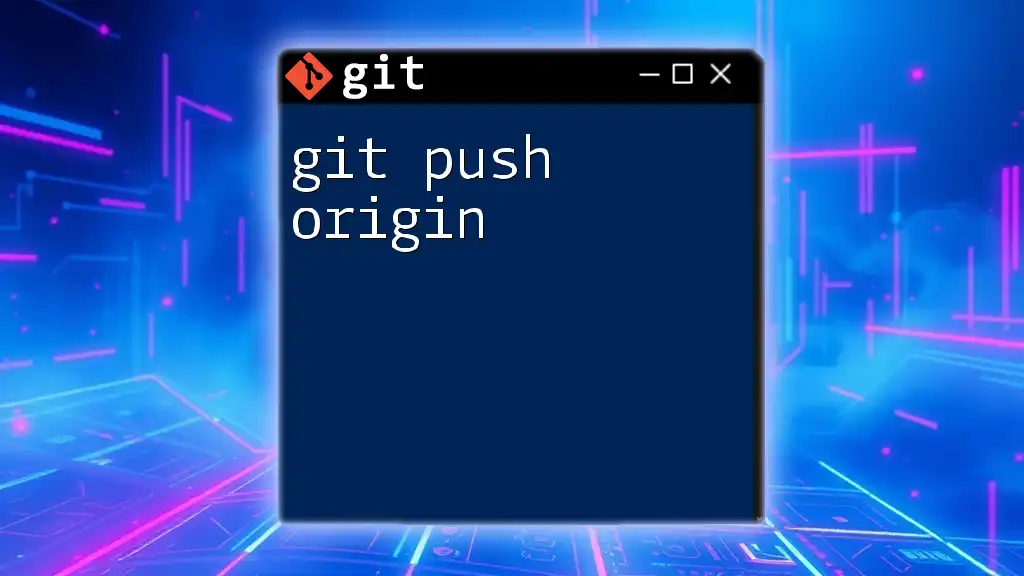
How to Perform a Dry Run with `git push`
Syntax
The syntax to execute this command is straightforward:
git push --dry-run <remote> <branch>
- `<remote>`: This indicates the name of the remote repository (usually `origin`).
- `<branch>`: This is the name of the branch you want to push changes from (e.g., `main`, `feature-branch`).
Example Scenario: Standard Usage
Let's consider a common use case where you are ready to push your changes from a local branch to the `main` branch on the `origin` remote:
git push --dry-run origin main
When you run this command, Git will inform you about the commits that would be pushed to the remote repository without actually applying those changes. Typically, you may see output indicating which commits are included, ensuring that you’re aware of any updates awaiting deployment.
Interpreting the Output
Understanding the output from a dry run is essential. Git will typically provide information like:
- Commits that will be pushed: It will list the commits that are new to the remote branch and are set to be uploaded.
- Errors or warnings: If there are issues, such as conflicts with existing commits on the remote, Git will notify you.
This output allows you to confirm that everything looks as expected before proceeding with the actual push.

Common Use Cases for `git push --dry-run`
Collaborating in Teams
In a team environment, using `git push --dry-run` can significantly reduce the chances of conflicts. When multiple developers work on the same codebase, checking what you are about to push helps avoid overwriting another team member's changes. This practice fosters better communication and collaboration, leading to a smoother workflow.
Reviewing Large Changes
When dealing with sizable updates or multiple commits—especially those that may introduce complexity—`git push --dry-run` acts as a safeguard. You can utilize this command to ensure that everything is in order and that your changes will integrate smoothly with the main codebase.
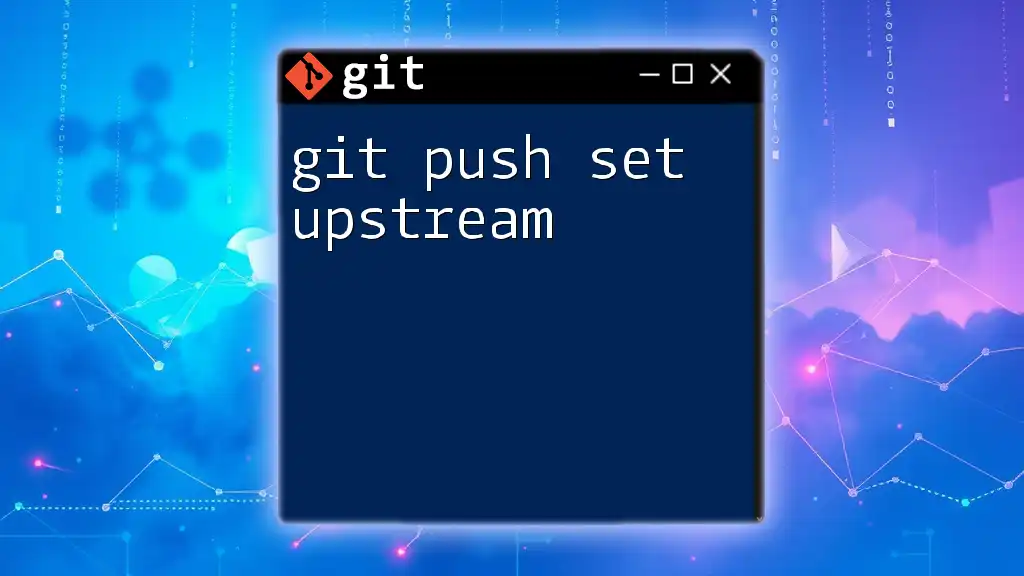
Potential Issues & Limitations
Limitations of `git push --dry-run`
While `git push --dry-run` is a useful tool, it doesn’t check everything. For example, it will not:
- Verify uncommitted changes: Any modifications that remain in your working directory but have not been committed will not be factored into the dry run scenario.
- Check for unstaged files: This command only assesses what has been explicitly committed to your branch.
Error Messages
Be prepared to handle a variety of error messages that may arise during a dry run. One common message is:
- "Updates were rejected because the remote contains work that you do not have locally."
This message indicates that there are changes in the remote branch that you need to address, typically requiring you to pull those changes before you can successfully push.
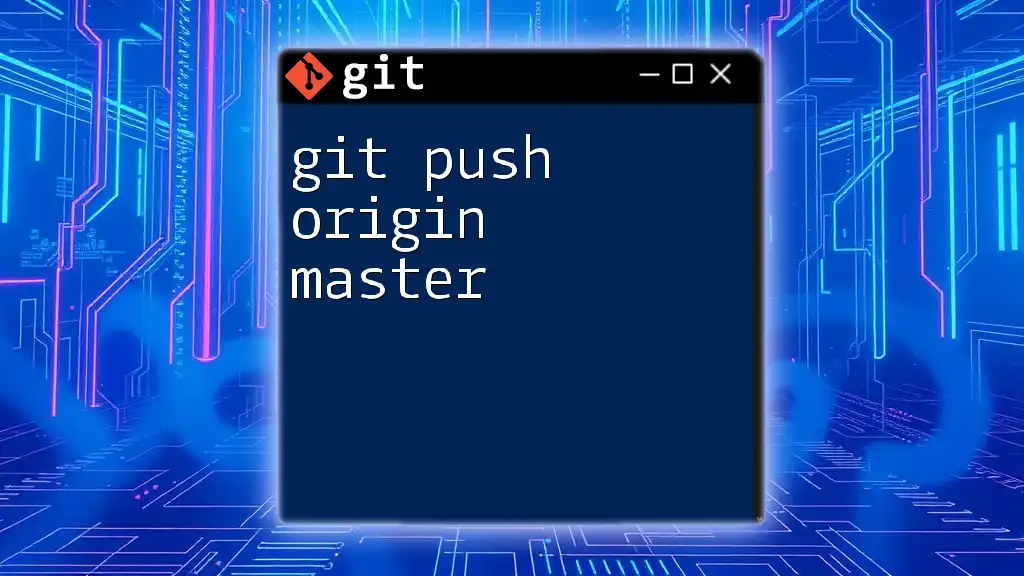
Best Practices
Incorporating `git push --dry-run` Into Your Workflow
To make the most of `git push --dry-run`, consider using it as a regular part of your workflow. It is advisable to run this command before every `git push`, especially when working collaboratively. By doing so, you can confirm your push will not create unintended consequences.
Encouraging Safe Practices
Always check the status of your branches using `git status` and pull the latest changes using `git fetch`. Combining these commands with your dry run provides a more comprehensive picture of your repository’s state, ensuring that you are always working with the latest data.
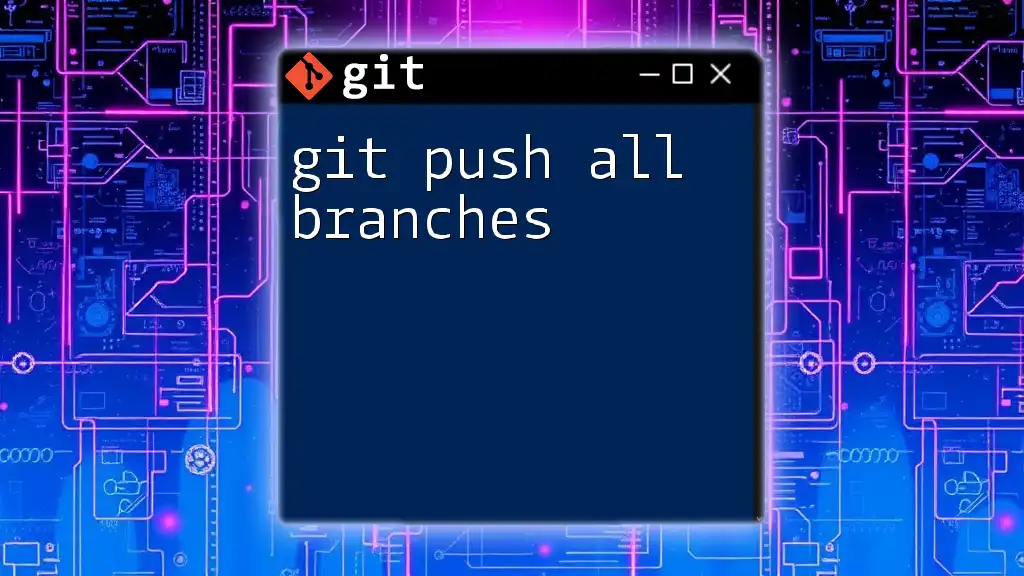
Conclusion
In conclusion, `git push --dry-run` serves as an essential tool for anyone working with Git. It not only enhances your understanding of what changes will occur in the remote repository but also aids in developing a disciplined approach to version control. By implementing this practice regularly, you can significantly reduce the chance of errors, foster better collaboration among team members, and maintain a cleaner workflow.
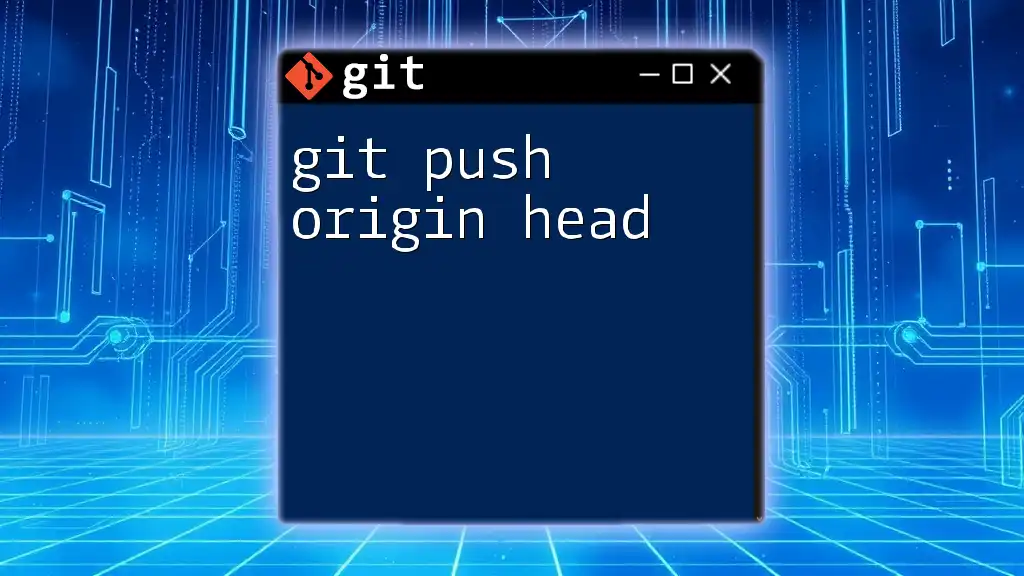
Additional Resources
While the use of `git push --dry-run` is beneficial, further reading can broaden your understanding of Git. Look into the official Git documentation or related tutorials to deepen your knowledge and expertise.
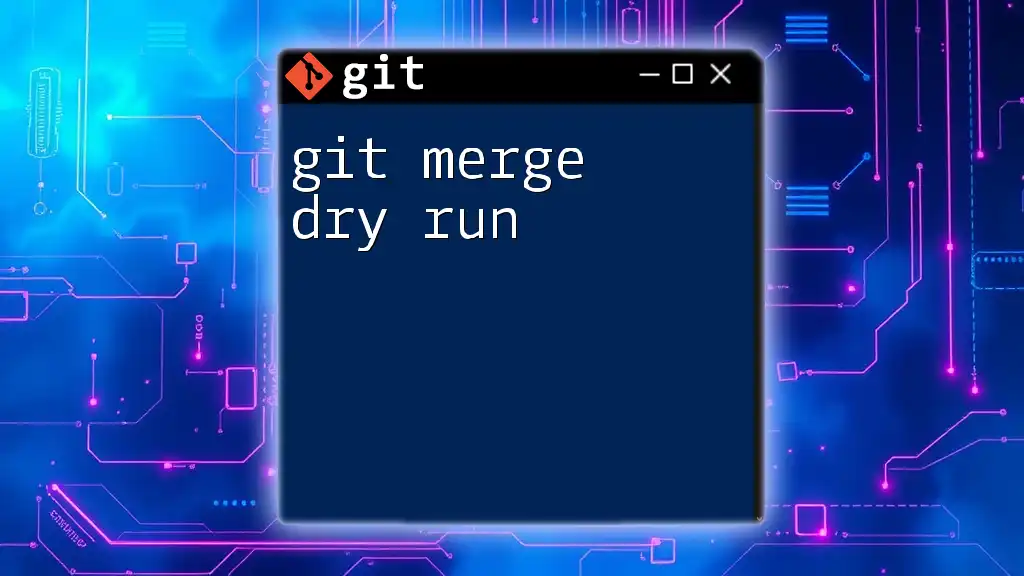
FAQs
What happens if I run `git push` without the dry run?
If you run `git push` without using the dry run option, any commits that exist in your local branch that aren’t in the remote branch will instantly be pushed to the remote repository. This can lead to unexpected changes and conflicts, especially in collaborative situations.
Can I use `git push --dry-run` with other commands?
Yes, you can incorporate the dry run flag alongside other commands in Git where applicable. However, it’s most commonly associated with the `push` operation. Exploring how it integrates with other commands can help you develop a more robust Git usage toolkit.
Is `git push --dry-run` a foolproof way to avoid issues?
While `git push --dry-run` is valuable, it is not a complete safety net. It’s essential to combine it with other commands and good practices. Always review your changes, communicate with your team, and be vigilant about ongoing changes within the repository to ensure smooth operations.

